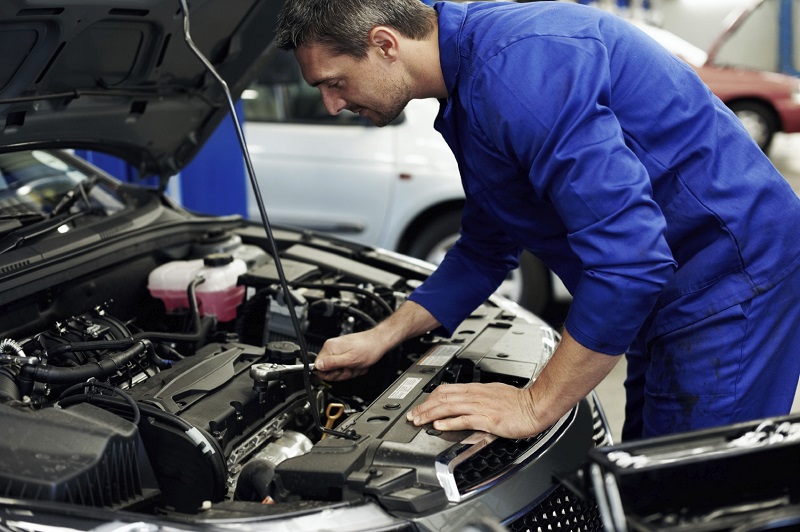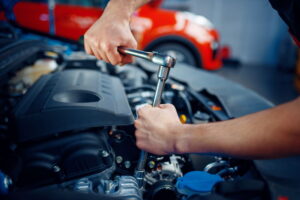
In any vehicle, sensors are critical components that collect and transmit data to the vehicle’s computer systems. However, sensor accuracy and reliability are highly influenced by their placement. Whether monitoring engine temperature, tire pressure, or environmental factors, the location of a sensor plays a vital role in the quality of data it provides. Incorrect placement or improper mounting can lead to inaccurate readings, causing malfunctioning systems and performance issues.
Environmental Factors and Sensor Sensitivity
Sensor placement is critical for accurate data acquisition in various applications. Different sensor types are designed to be sensitive to specific environmental factors like temperature, humidity, and vibration. Optimal placement ensures sensors are exposed to the intended variables without interference. For example, air quality or exhaust gas temperature sensors must be situated to accurately detect these variables. Improper placement, like mounting a sensor too close to heat sources or vibration-prone areas, can lead to faulty readings and compromise performance. Strategic placement considers environmental influences to guarantee consistent and reliable data. By carefully considering factors such as proximity to interfering elements and exposure to the target variable, sensor placement serves to maximize data accuracy and the overall effectiveness of the system.
Impact on Sensor Performance
Incorrect sensor placement can lead to unreliable sensor performance, causing a ripple effect throughout the vehicle’s systems. For example, placing a temperature sensor too close to a heat-emitting engine component could result in inaccurate temperature readings, causing the engine control module (ECM) to mismanage the engine’s fuel-air mixture. Similarly, improper placement of a tire pressure sensor can lead to false warnings or the failure to detect a potential tire issue, increasing the risk of tire damage or accidents. Sensor performance and accuracy depend on careful positioning to prevent such issues. This is where selection of Auto Repair in Fort Worth, TX based service is essential.
Calibration and Sensor Accuracy
After a sensor is installed, calibration is often required to ensure it is operating within the correct parameters. However, even the most advanced calibration techniques cannot fix the errors caused by poor sensor placement. A sensor that is not positioned in an optimal location may constantly provide incorrect data, regardless of how well-calibrated it is. It is essential to install sensors in locations that meet the manufacturer’s specifications and ensure that they are aligned with the system they are designed to support.
Best Practices for Sensor Placement
To optimize sensor accuracy and performance, manufacturers follow strict guidelines for sensor placement. Technicians and engineers must ensure that sensors are positioned where they can accurately gather the required data without interference from external factors. Routine maintenance checks are also necessary to ensure that sensors have not shifted or become misaligned over time. When replacing or installing new sensors, it is essential to follow proper placement procedures to avoid future performance issues.
In conclusion, sensor placement is a critical factor in the accuracy and reliability of a vehicle’s systems. By considering environmental factors, calibrating sensors properly, and adhering to best practices for installation, manufacturers and technicians can ensure that sensors provide accurate and consistent data for optimal vehicle performance.





